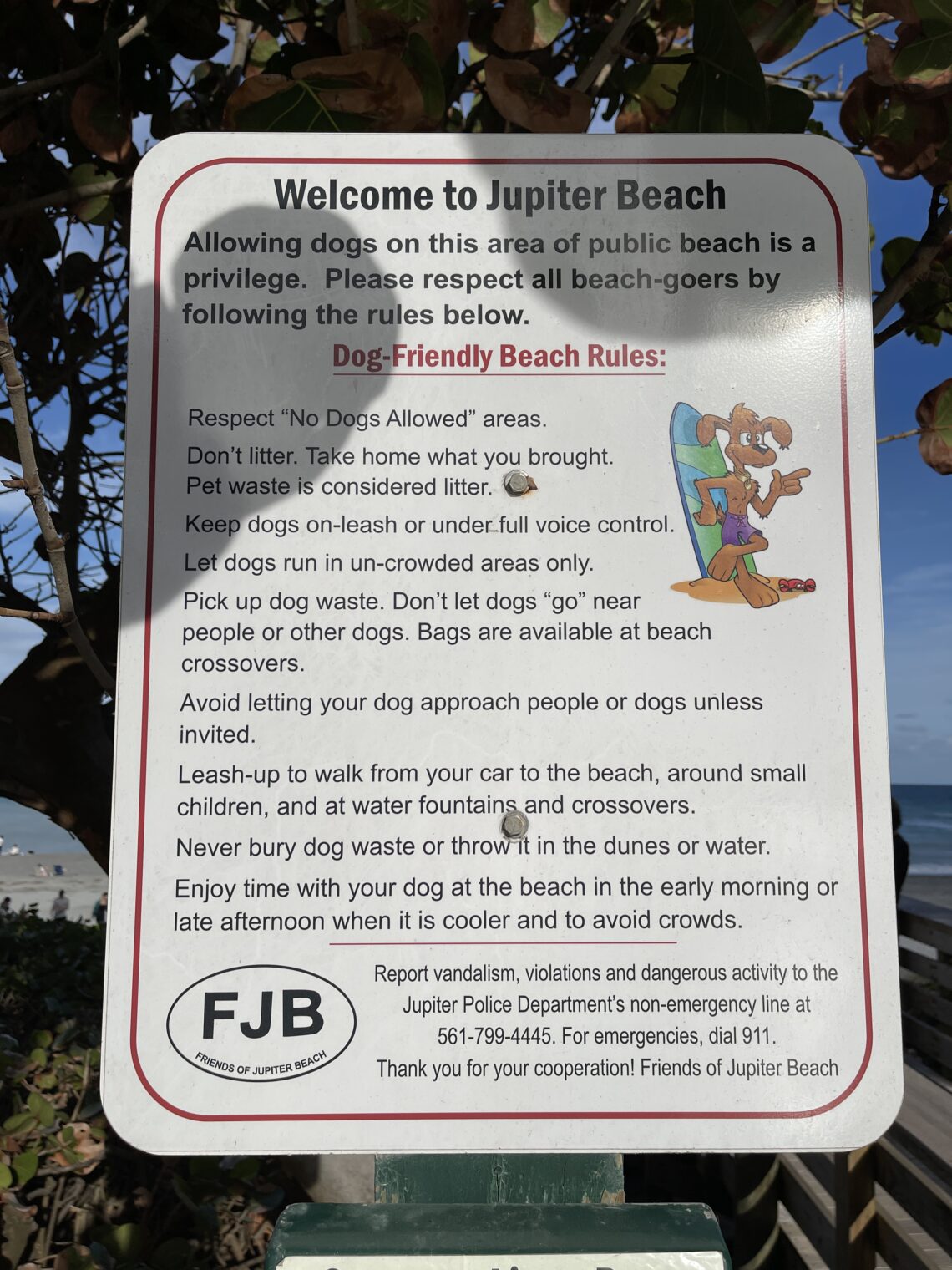Notes from a Zoom talk today by David Autor, an economics professor at MIT. Whenever Democrats are in charge of the economy, I think it is worth listening to the “experts” at Harvard and MIT because that’s where the policy justifications come from.
Inequality is extreme in the U.S. and harmful, according to Autor. He did not explicitly say how he is measuring inequality, though. The charts that he presented seemed to show wages. But a previous slide showed the low and falling rate of labor force participation in the U.S. In other words, a lot of adults live in the U.S. despite $0 in earnings. What if he looked at spending power and lifestyle? Much of the U.S. welfare system is directed toward non-cash benefits, e.g., a free or low-cost apartment in public housing, a $3/month family subscription to MassHealth (Medicaid) that would be $20,000/year at market rates, SNAP (food stamps), Obamaphone, etc.. The non-working folks whom I know here in Massachusetts have a lifestyle that would cost $80-100,000 per year (after tax) to purchase at market rates (apartment in Cambridge or Boston, health insurance, etc.).
[See this Wall Street Journal piece: “The census fails to account for taxes and most welfare payments, painting a distorted picture. … In all, leaving out taxes and most transfers overstates inequality by more than 300%, as measured by the ratio of the top quintile’s income to the bottom quintile’s. More than 80% of all taxes are paid by the top two quintiles, and more than 70% of all government transfer payments go to the bottom two quintiles. … Today government redistributes sufficient resources to elevate the average household in the bottom quintile to a net income, after transfers and taxes, of $50,901—well within the range of American middle-class earnings.” See also the Work Versus Welfare Trade-Off, in which we learn that poor people are not stupid and Fast-food economics in Massachusetts: Higher minimum wage leads to a shorter work week, not fewer people on welfare, in which employees cut their hours to be sure to maintain eligibility for free housing, health care, etc.]
Minimum wage should be much higher, according to Autor. What about the fact that employers won’t want to pay people way more than they’re worth? A friend’s Spanish language tutor, sitting at home in Guatemala with only a high school degree, on hearing about the proposed $15/year minimum wage, said “Won’t that mean a lot more unemployment since many people aren’t worth $15/hour?” Autor says that the government will invest in educating Americans to the point that they’re worth more. On a per-pupil basis and as a percentage of GDP, we already spend more than almost any other country on K-12 education; why aren’t American high school graduates already worth a lot to employers? Autor points out that the average American high school graduate is way less skilled than a high school graduate in other developed economies. “We should fix that.” Autor’s big solution for 13 years of government-run education that he says are generally ineffective is to add one more year: “universal pre-K”. With 14 years of pre-K through 12 and maybe another 5 years of taxpayer-funded college, a worker will surely find employers delighted to hire him/her/zir/them at $15/hour. (Autor also notes that many of today’s college graduates are going into personal service jobs at low wages.)
Borrowing is free. Interest rates have never been lower. We will grow our way out of any amount of borrowing that we do and, after paying back whatever we borrowed, be richer than if we hadn’t borrowed.
Apparently contradicting the above point, he says that successful Americans should pay vastly more in taxes than they’re currently paying. (Why does the government need all of this current tax revenue if borrowing is, in fact, free?) The capital gains tax rate should be much higher (but still not adjusted for inflation, so actually it would be more than 100 percent in a lot of situations, as it is already (if you bought an asset for $10,000 in 2000, for example, the BLS says you spent $15,700 in today’s mini-dollars; if you sell it for $15,000 in 2021 you’ve actually suffered a loss, but will owe capital gains tax nonetheless).
Estate taxes should be higher and there should be no step-up basis for the assets inherited.
Everything that Joe Biden is doing and has proposed is awesome and will propel the U.S. forward toward a dreamland of prosperity. “The Biden Administration is right to go all in rather than nibbling around the edges.” Can all of our dreams be achieved via bigger government? Autor would rather the government “create” better quality jobs than address inequality through the tax code. (i.e., what we really need is a planned economy, a point made by an emeritus professor and former senior MIT administrator, who asked whether Capitalism wasn’t the real source of inequality).
Autor was in sync with the folks at New Yorker magazine: “The President, channelling his inner Elizabeth Warren, pitches an American utopia after a dystopian plague year.”
(Trump’s fantasy was that Americans might not be rich enough to afford the work-free utopia that we desire; Biden is grounded enough to realize that utopia can be ours if we tax and borrow a little more.)
Readers: Have you been following Biden’s latest proposals, e.g., in last night’s speech? Are you as excited about bigger government as Professor Autor?
Related:
Full post, including comments 






